
Question and Answers Forum
Question Number 67623 by mr W last updated on 29/Aug/19
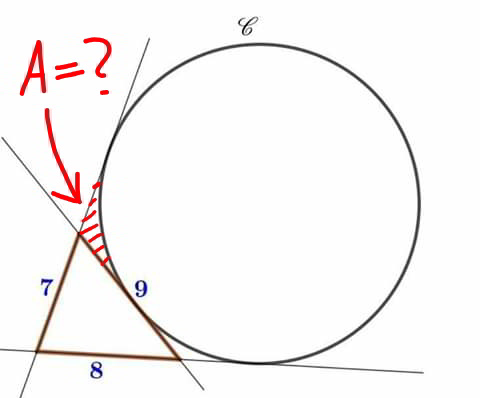
Commented by mr W last updated on 29/Aug/19

Commented by Prithwish sen last updated on 29/Aug/19
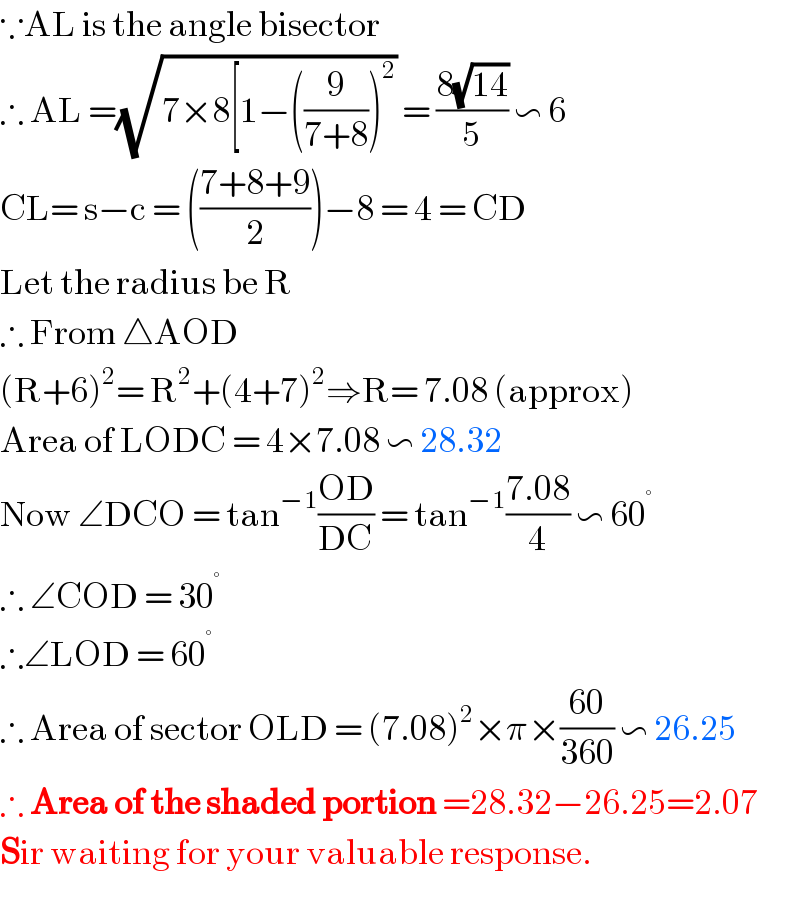
Commented by Prithwish sen last updated on 29/Aug/19
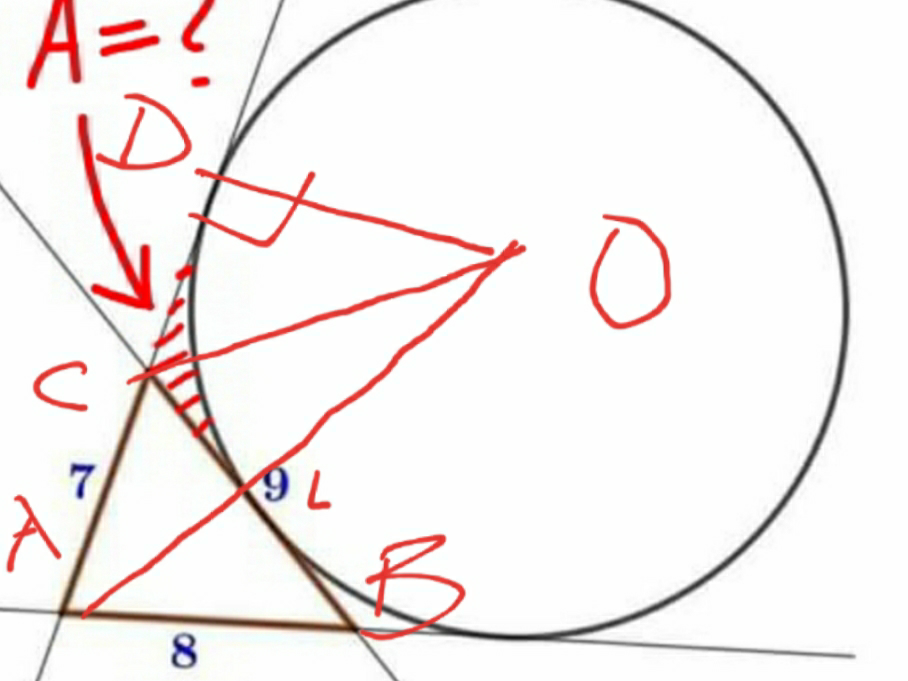
Commented by mr W last updated on 29/Aug/19

Commented by Prithwish sen last updated on 29/Aug/19

Answered by mr W last updated on 29/Aug/19
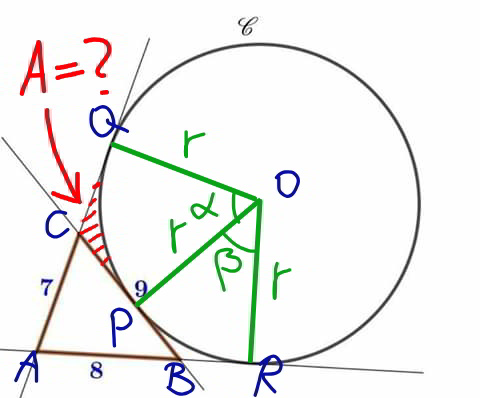
Commented by mr W last updated on 29/Aug/19
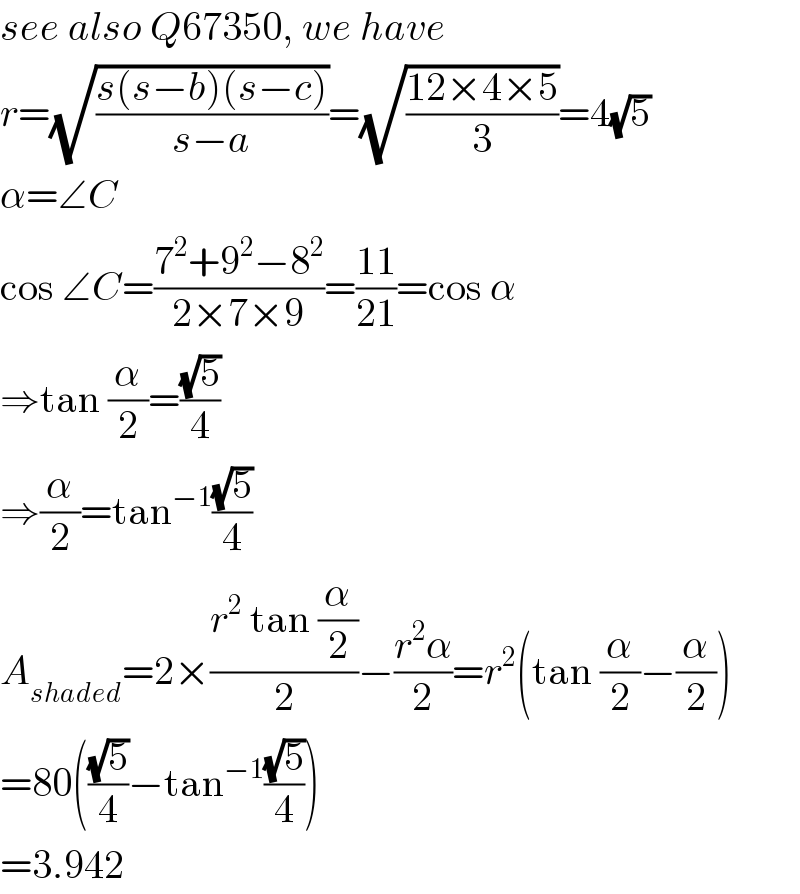
Commented by Prithwish sen last updated on 29/Aug/19

Commented by TawaTawa last updated on 29/Aug/19

Commented by mr W last updated on 29/Aug/19

Commented by Prithwish sen last updated on 29/Aug/19

